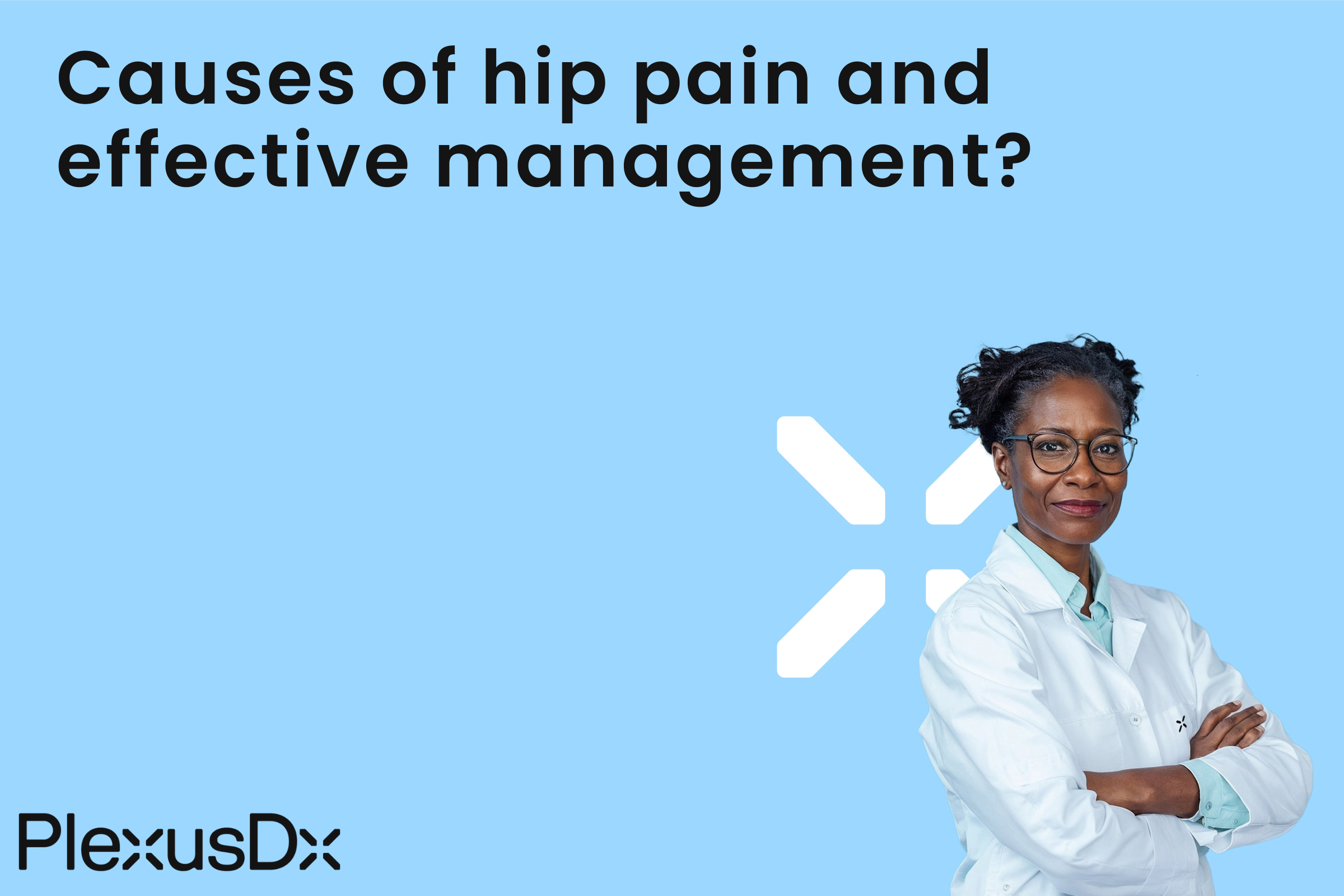Hip Pain
Hip pain affects many people across different age groups and has a major impact on their mobility and quality of life. Young athletes and older adults alike find dealing with hip pain to be a difficult ordeal. This blog post will examine different causes of hip pain and distinguish between internal and external hip pain while offering tips to help manage and reduce hip discomfort.
The origins of hip pain span multiple sources including medical conditions and personal lifestyle habits. Around 10% of all people experience hip pain problems though this number grows to 15% for those aged 60 and above. Soccer players experience hip pain at a distressingly high rate of between 30% to 40%. People who experience internal hip pain typically feel symptoms in either the hip or groin region which may develop from arthritis, fractures, sprains, or bursitis. External hip discomfort occurs in the regions near the hip and can originate from tendon damage or from compressed nerves as well as torn muscles and ligaments.
Obesity combined with advancing age and physical inactivity leads to hip pain along with involvement in specific sports or occupations and vulnerabilities such as weak bones and dietary deficiencies which are further exacerbated by genetic factors. The variety of hip pain causes necessitates addressing root problems to achieve effective pain management and relief.
Multiple practical strategies exist to help people who suffer from hip pain reduce their symptoms and enhance their quality of life. The following section presents several useful tips that can help you control hip pain effectively:
- Stay Active: Performing low-impact physical activities such as swimming or cycling can build hip muscle strength and enhance joint flexibility.
- Maintain a Healthy Weight: Extra weight burdens hip joints which leads to increased pain. A regular exercise routine along with a balanced diet enables you to achieve and maintain a healthy weight.
- Practice Good Posture: Proper posture during sitting, standing and walking activities helps to minimize hip joint stress thus reducing discomfort.
- Use Hot or Cold Therapy: Heat treatment or cold therapy applied to an affected area helps lower inflammation and offers short-term pain alleviation.
- Consider Physical Therapy: Physical therapists assist you in creating personalized exercise routines that build hip strength and boost joint movement.
Addressing hip pain proactively will greatly improve your daily living experience and physical movement capabilities. Putting these functional tips to use every day helps you control hip pain and stop new problems from developing. Hip pain emerges as a widespread health issue that dramatically affects everyday life. Taking command of your health and well-being becomes possible when you understand hip pain causes and differentiate between internal and external hip pain while applying effective management strategies for discomfort.
Persistent hip pain sufferers should consider PlexusDx Precision Health & Wellness tests to learn about their genetic predispositions and potential risk factors. Start taking action now to manage your hip pain and enhance your quality of life. Your well-being must always come first which means consulting a healthcare professional is vital for effective management of medical conditions. Empower yourself to manage your health journey and discover the resources designed to enhance your well-being. Visit PlexusDx at PlexusDx.com and check Amazon and Walmart to find Precision Health & Wellness tests that deliver insights about your genetic predispositions and help you improve your health results. Hip pain shouldn't stop you from moving forward so take control today and work towards better health for your future.

Share:
What are the effects of high haptoglobin levels on longevity?
What are the effects of high haptoglobin levels on longevity?